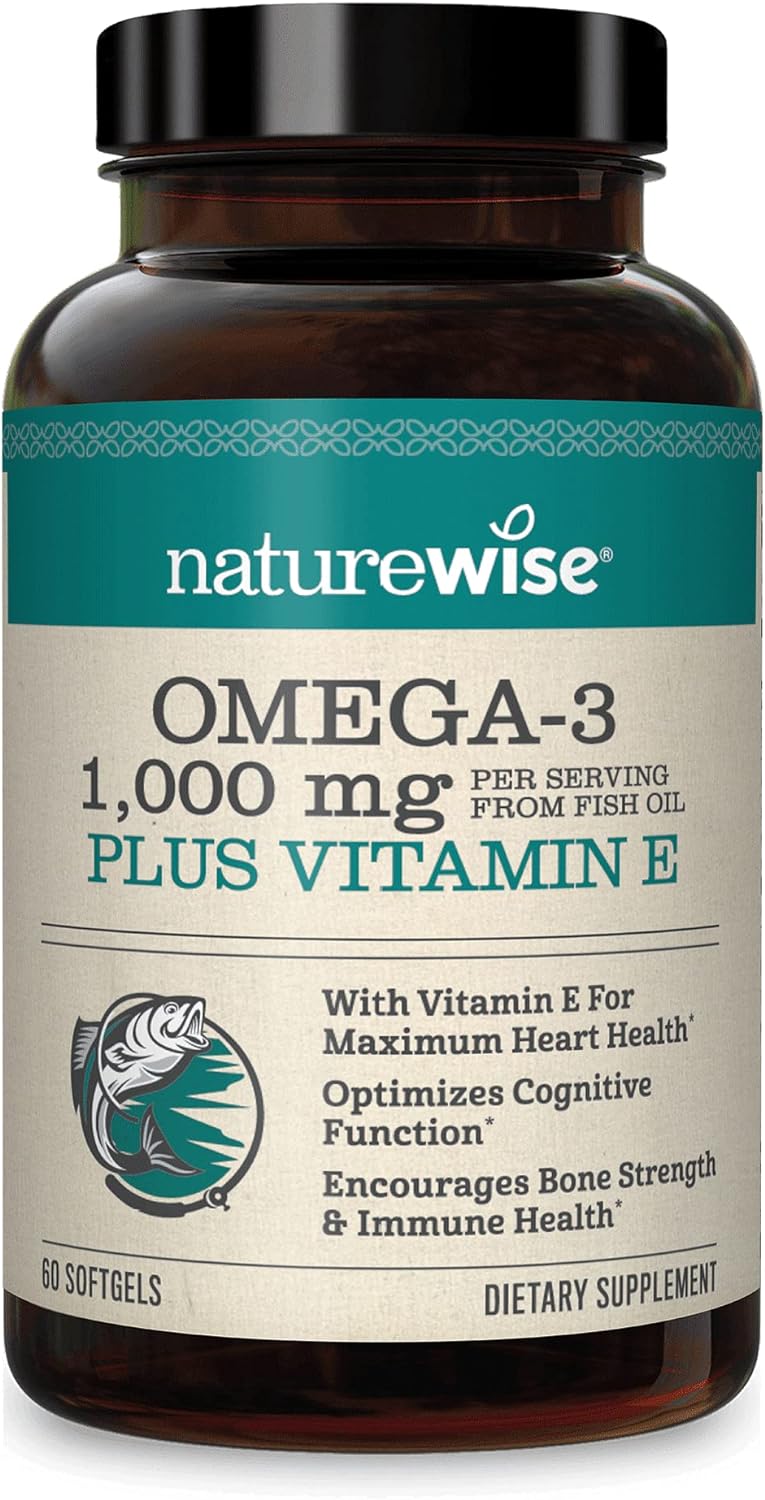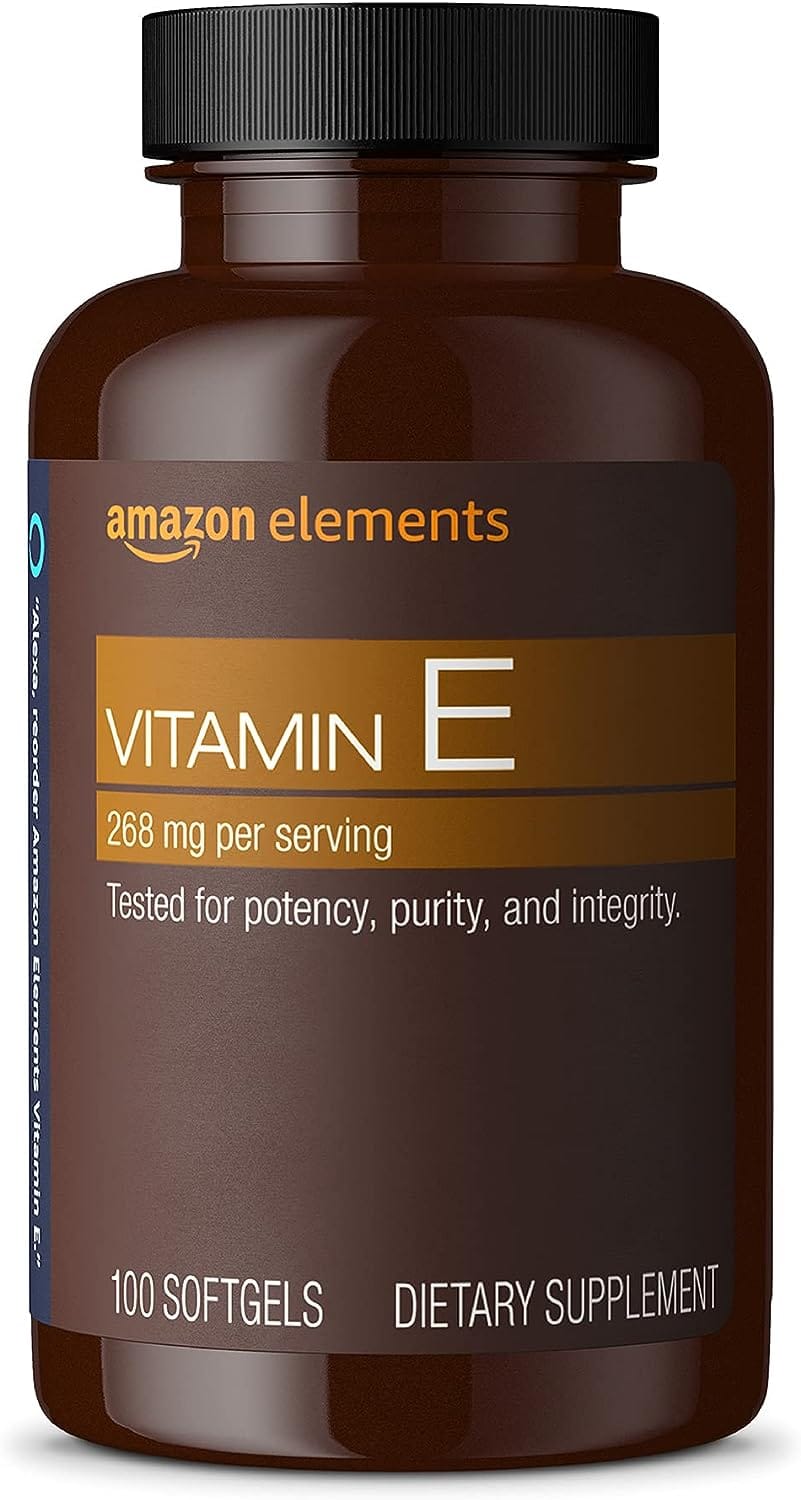What is vitamin E Good for?
Vitamin E is actually a whole group of biologically active substances: tocopherol and tocotrienols.
To distinguish them, each is assigned a Greek letter: alpha, beta, gamma, and delta.
First of all, vitamin E is a powerful antioxidant.
It helps to repair cell membranes and protects tissues from free radicals that damage cells.
The antioxidant properties of vitamin E are considered by scientists as one of the means to prevent cancer.
Vitamin E can improve skin and hair nutrition, reduce their dryness, strengthen the nails.
Because of this property, it is included in therapeutic and preventive cosmetics, and recommends the use of foods rich in it for diseases of the skin.
Vitamin E affects blood clotting, helping to prevent the formation of blood clots, improves the elasticity of large and small vessels, and also slows down the formation of cholesterol plaques.
In addition, this vitamin is vital for normal functioning of the reproductive system.
Vitamin E helps to improve sperm production in men, and in women is involved in the regulation of the menstrual cycle and alleviates the unpleasant symptoms of menopause.
Vitamin E is important for adequate nutrition of the embryo – it improves the absorption of nutrients by cells.
Vitamin E also regulates energy metabolism in the muscles, helping to accumulate an energy reserve – glycogen.
Improves the functioning of the nervous system and strengthens the immune system.
It also promotes the absorption of nutrients, including vitamin D, and protects vitamin A from destruction in the body.
That is why vitamins A and E are called partners.
Take only the highest quality supplements from Life Extension.

10 foods with high vitamin E content
- Vegetable oil
Vegetable oil is rich in vitamin E.
Wheatgerm oil is particularly high in this content, as one tablespoon of it provides 135 percent of the daily dose of tocopherol. In addition, it lowers cholesterol levels, normalizes metabolism and strengthens the nervous system.
However, this oil is not recommended for people with urolithiasis. - Almonds
This nut can be eaten pure or added to various dishes.
Or try to diversify your diet with an alternative milk, butter, or almond flour.
In 100 grams of the product contains 26 mg of tocopherol.
In addition, it is a valuable source of omega-3, protein, calcium, and fiber.
And the fatty acids in almonds make vitamin E easy and quick to absorb. - Cedar Nuts.
Like almonds, pine nuts are an excellent source of tocopherol.
One handful contains 2.7 mg of vitamin E, which covers 18% of your daily requirement.
These nuts are also rich in magnesium and phosphorus: these minerals strengthen bones, ensure energy metabolism, and enhance performance. - Broccoli.
It removes toxins, excess sugar, cholesterol, and carcinogens from the body.
Broccoli is also high in vitamin E: 100 g of the vegetable replenishes 10% of the daily allowance of tocopherol.
It can be eaten raw, but after a gentle thermal treatment the cabbage becomes even more useful.
Boil broccoli for 5-10 minutes or less to boost your body’s intake of vitamins. - Mango.
Not all fruits are high in vitamin E.
When choosing mangoes, be sure to look at the state of the skin.
It should not show any signs of damage.
But you should avoid pressing on the fruit, as this can injure unripe fruits and cause them to rot.

- Just 43 grams of sunflower seeds make up for your daily vitamin E deficiency.
Although they contain no harmful cholesterol, sunflower seeds are almost 80 percent fat and are very nutritious.
To get the most out of them, nutritionists advise taking raw, unpeeled seeds - Avocados.
Top off your meal with half a medium avocado to make up for 14% of your daily vitamin E intake and keep you feeling full for longer. - Peanut butter paste.
Peanut butter is more than just a treat; it’s a balanced source of energy.
The product consists of 25 percent easily digestible protein and only 20 percent carbohydrates.
This allows you to eat peanut butter when you are on a low-carbohydrate diet. - Atlantic Salmon.
Salmon is packed with the “vitamin of youth.”
A 200-gram steak provides 16% of your daily vitamin E needs.
Salmon is also one of the leaders in the amount of omega-3 and omega-6 fatty acids.
Our body cannot synthesize them on its own.
Therefore, we need to take additional supplements

Omega 3 Supplement for Heart, Brain, Eye, Joint, Bone & Immune Support for Men & Women, 60ct – 30 Day Supply
- Synergistic Heart Health Support: Together, Omega 3 and Vitamin E work to maintain healthy cholesterol levels, support blood pressure within a normal range, and support overall heart health.
- Optimal Vision Protection: Omega 3 may contribute to maintaining healthy eyes, reducing the risk of age-related vision problems. Vitamin E, with its antioxidant prowess, helps protect the delicate structures of the eyes as you age.
- Bulgarian peppers.
Just one medium sweet bell pepper covers 13% of your daily vitamin E intake.
They also contain a daily dose of the rare vitamin P, which strengthens the walls of blood vessels.
And it surpasses oranges and lemons in ascorbic acid content.

Vitamin E deficiency
Only a doctor can accurately diagnose vitamin E deficiency. Often its symptoms are:
- coordination difficulties;
- Muscle weakness;
- Visual impairment;
- General malaise.
Acute vitamin E deficiency is very rare today.
It is almost always caused by diseases that interfere with liver function and the gut’s ability to absorb fats.
- Chronic pancreatitis;
- cholestasis;
- liver cirrhosis;
- Malabsorption syndrome;
- cystic fibrosis;;
- Crohn’s disease;
- Short bowel syndrome;
- Cystic fibrosis;
- Bassen-Kornzweig syndrome.
In most cases, doctors prescribe vitamin E supplements exclusively for those who suffer from these diseases, and recommend that healthy people get it only from food.




